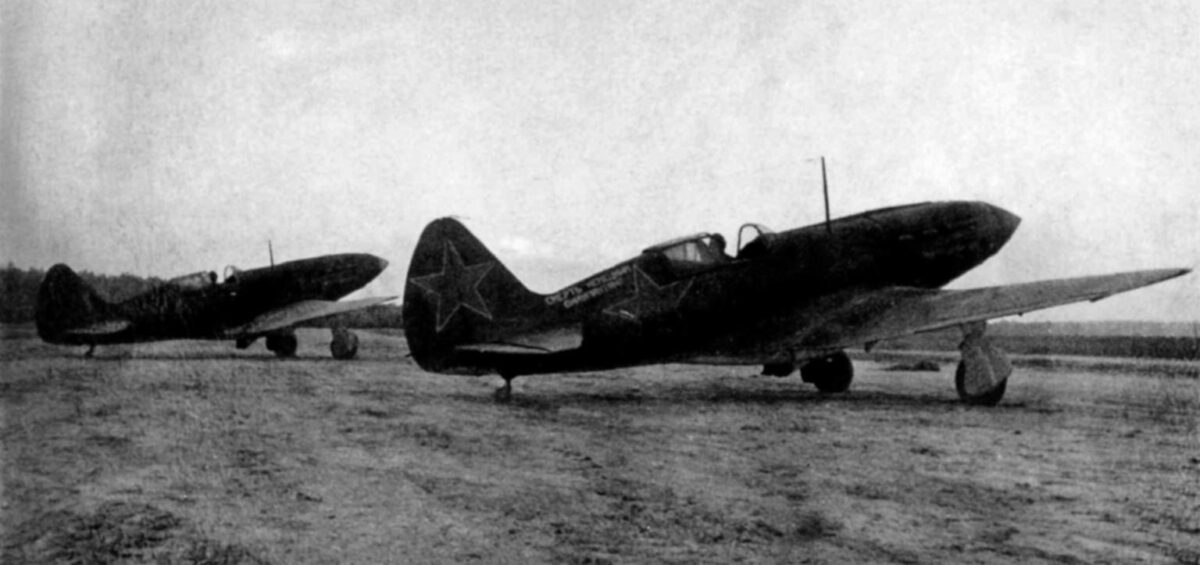Soviet MiG-3 fighters from the 162nd Fighter Aviation Regiment of the 43rd Fighter Aviation Division of the Red Army Air Force at a field airfield near the front line. The Eastern Front of the Second World War in Europe.
In the foreground is a Soviet MiG-3 fighter aircraft with the inscription “Death to the German occupiers!”.
Source: wunderwaffe.narod.ru.
The MiG-3 fighters were developed in OKB-155 by Mikoyan and Gurevich, as part of the modernization of the original I-200 aircraft, in the MiG-1 series (see the main article MiG-1). The main difference between the MiG-3 and the MiG-1 is the installation of an additional fuselage fuel tank of 250 liters in order to increase the range and duration of the flight, as well as changes in the armament. These changes entailed a reconfiguration of a number of units in order to maintain the centering of the aircraft. Changes have also been made to the fuel and oil supply system, a number of minor changes to the equipment of the VMG and the aircraft.
The MiG-3 aircraft is a high-speed fighter-interceptor, but can be used as an attack aircraft or a light dive bomber. The MiG-3 fighters is a single-engine, single-seat, high-speed, low-wing monoplanes. An in-line liquid-cooled motor AM-35A with a VISH-22E propeller was installed. Chassis two-column, with a tail spike, retractable in flight.
The design of the MiG-3 fighters is mixed. The front part of the fuselage and the center section are metal, the tail part of the fuselage and the wing panels are wooden. The stabilizer is all-metal, the keel is wooden, the rudders are covered with canvas.
